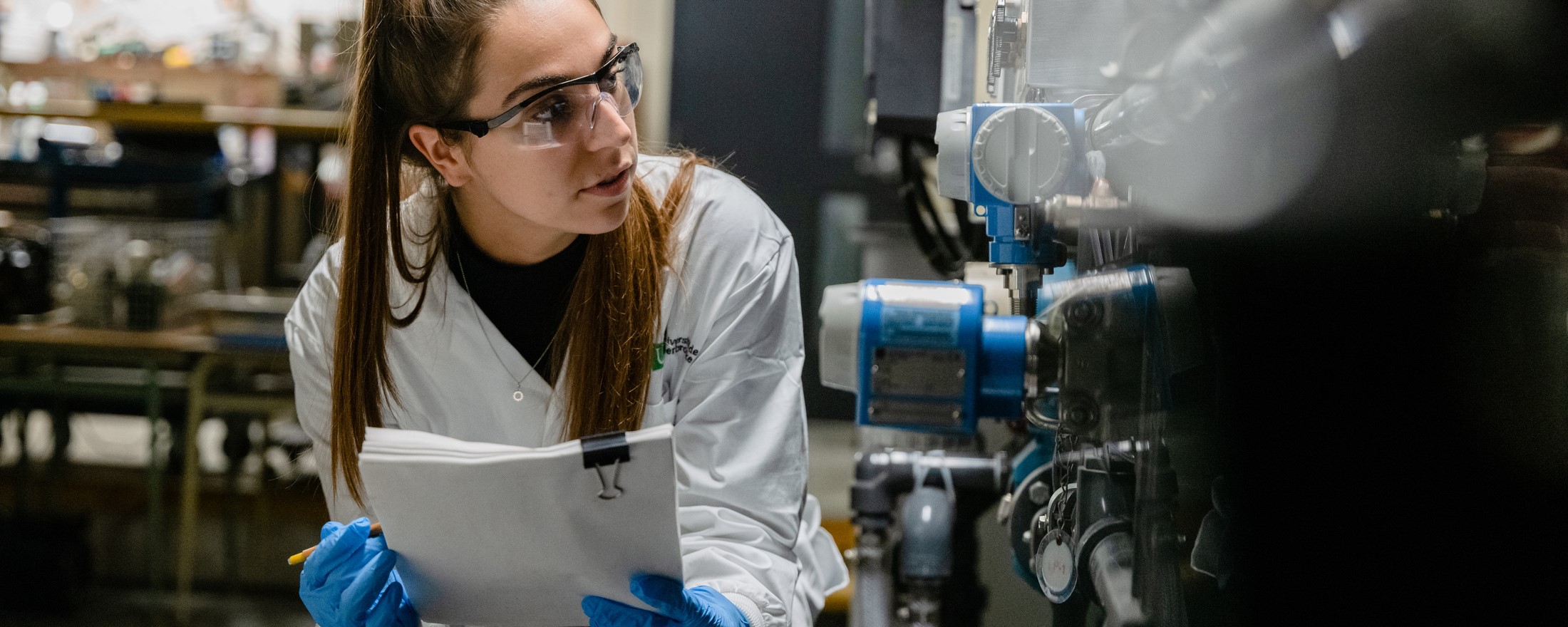Quantification of cerebrovascular pressure effects on MRI displacement measurements and their incorporation into in-vivo elastography of brain tissue
Overview
- RESEARCH DIRECTION
- Elijah Van Houten, Professeur - Department of Mechanical Engineering
- ADMINISTRATIVE UNIT(S)
-
Faculté de génie
Département de génie mécanique
- LEVEL(S)
-
3e cycle
Stage postdoctoral - LOCATION(S)
-
Campus de Sherbrooke
Université Montpellier
Project Description
This medical imaging project aims to improve the capabilities of Magnetic Resonance Elastography (MRE), a modality that allows the mapping of the mechanical properties of soft tissues such as brain or liver from Magnetic Resonance Imaging (MRI) data. The main objective of the project is to combine cerebro-vascular pressure measurements with MRI-obtained displacement measurements in order to enhance the mechanical characterization of biological tissues. We will start by introducing physiologic estimations of the pressure inside the cerebrovascular network in the MRE identification procedures. The project will be organized in two main packages corresponding to “in silico” and “in situ” analyses and observations. The first package will be devoted to image-based finite element simulations in order to obtain displacement fields representative of those obtained from MRI acquisitions. Two situations will be tackled: “Macroscopic scale” simulations, covering volumes of around 106 mm3, and “Mesoscopic simulations” covering approximately 102 mm3. The small-scale simulations aim at better understanding the behavior of the brain at a scale representative of the MRI voxel (typically around 1 mm3). These simulations will focus on the brain tissue mechanical response to the cardiac cycle. The geometry will be obtained from different MRI acquisitions, using the substantial experience of the research team at the CHU Gui de Chauliac and the L2C Connectome team to differentiate the vascular network from the brain parenchyma and to index the material properties. The simulations will introduce classical constitutive equations from the literature for the brain tissue (poro-visco-elasticity) and they will use a physiologic estimation of the pressure field in the cerebrovascular network. We will study low frequency harmonic loading corresponding to “intrinsic” solicitations imposed by the body’s natural operation, and we will more specifically focus on the cardiac pulsations, as this is the primary mechanical stimulus for intrinsic brain motion. The “large scale” (i.e. mesoscopic) simulations will be used to quantify the improvements induced by the introduction of the cerebrovascular pressure in the identification of the mechanical properties. In a first step, the effects of the cerebrovascular pressure will be introduced in the identification procedure at the “subzone scale” (Non Linear Inversion approach). Naturally, the project will largely benefit here from the experience and the results obtained at the macroscopic scale. In a second step, direct computations, performed at the mesoscopic scale will be used to get data representative of the “subzone” response. In that manner, displacement fields representative of the MRI acquisition will be constructed from the macro-scale simulation results. They will be treated by two different NLI procedures, including or not including the cerebrovascular pressure effect. The sensitivity of the identified properties to the cerebrovascular pressure effects at the “subzone” scale can be estimated from these two results. The second package is devoted to the realization and the analysis of “in situ” experiments via MRI experiments. It will involve two complementary aspects: the acquisition and processing of MRI images and the realization of elastography experiments. The first aspect aims at finely characterizing the brain morphology and the cerebrovascular network in order to provide the data required in the first package. Classical MRI data will be completed by specific sequences to get a comprehensive characterization of the brain parenchyma. These imaging protocols, while separately available on MRI devices such as the one available in the I2FH institute of the CHU Gui de Chauliac, are seldom used together. Consequently, the interpretation will require the development of specific pre-processing to merge the different data extracted from the images (cerebrovascular anatomy, fluid perfusions velocities in the vessels, displacement fields, …). The second aspect of this package corresponds to different Magnetic Resonance Elastography (MRE) experiments performed on two types of systems: (i) model samples corresponding to polymeric “phantom” samples “vascularized” by calibrated and pressurized vessels and (ii) a cohort of 10 healthy volunteers. Different reconstruction strategies will be applied to characterize the advantages of the introduction of cerebrovascular pressure information into the mechanical property identification process within the of human brain.
Discipline(s) by sector
Sciences naturelles et génie
Génie mécanique
Funding offered
Yes
Partner(s)
Université Montpellier
The last update was on 13 March 2024. The University reserves the right to modify its projects without notice.
